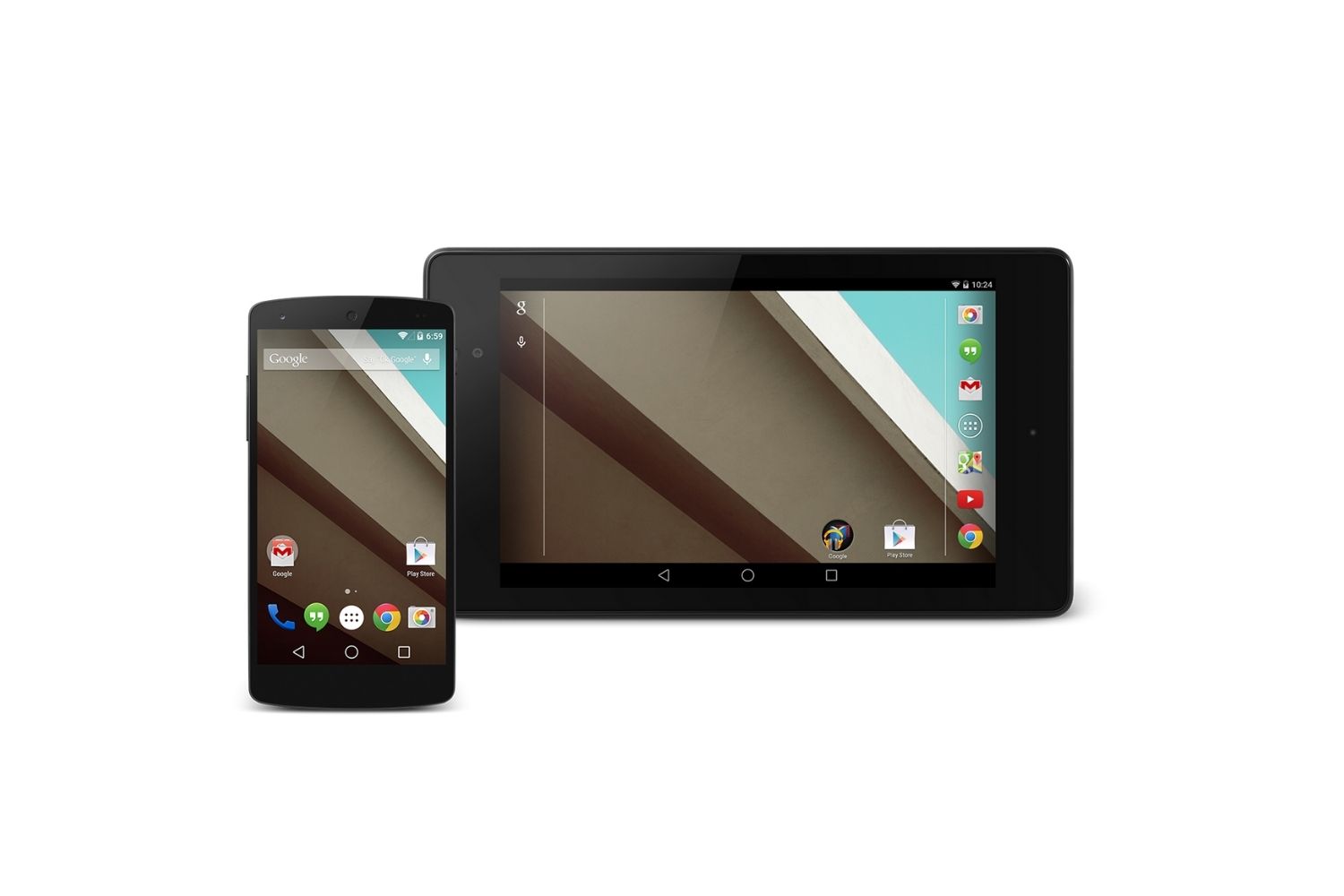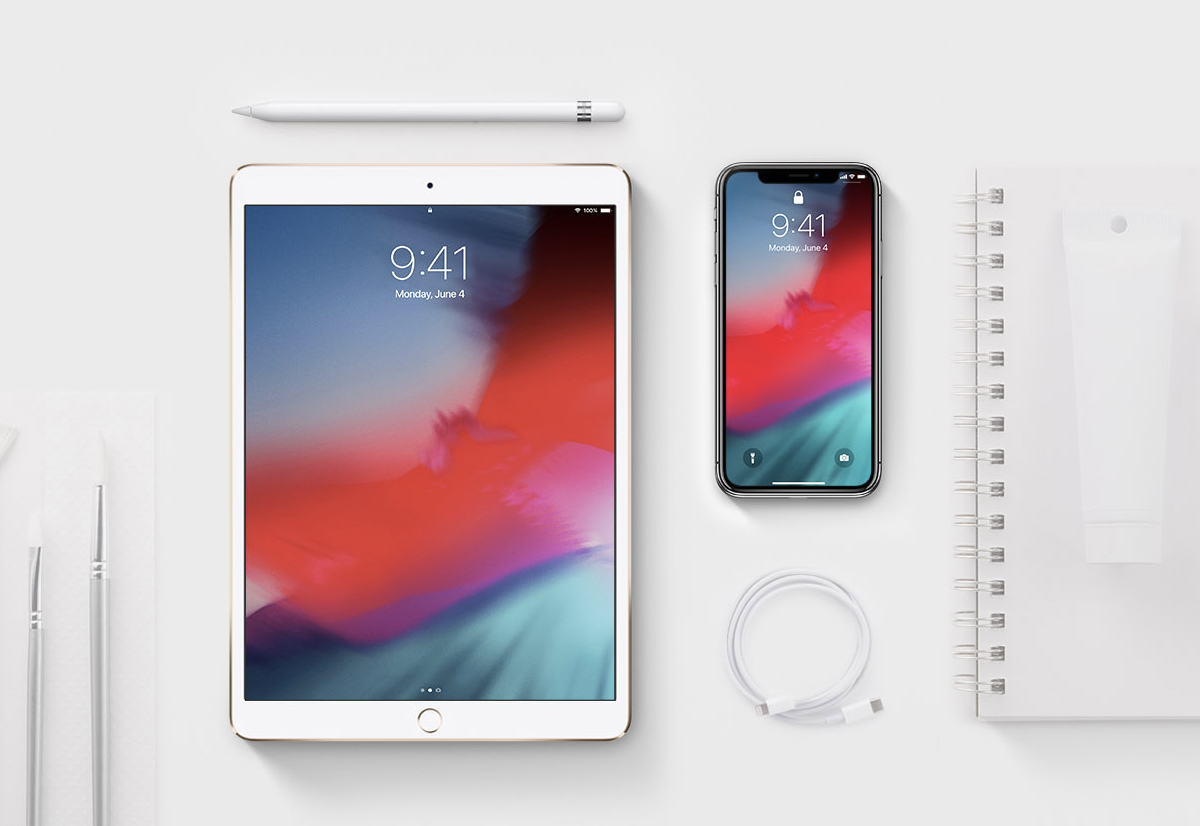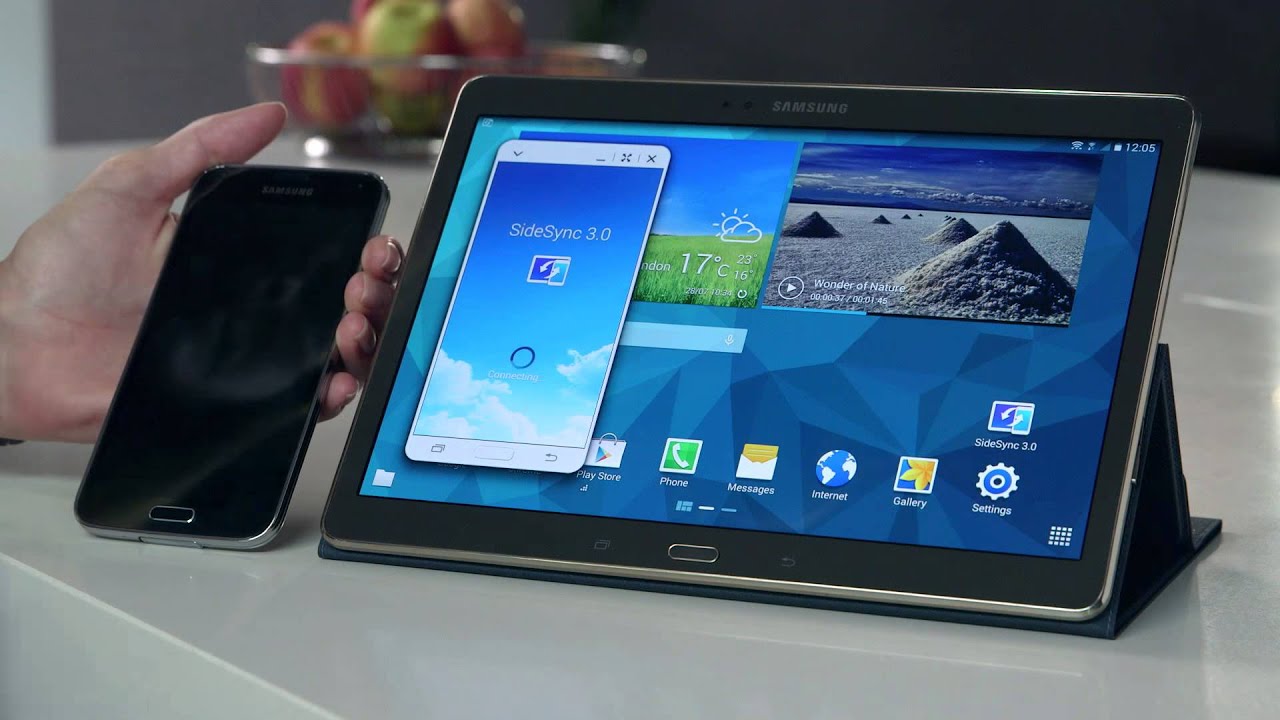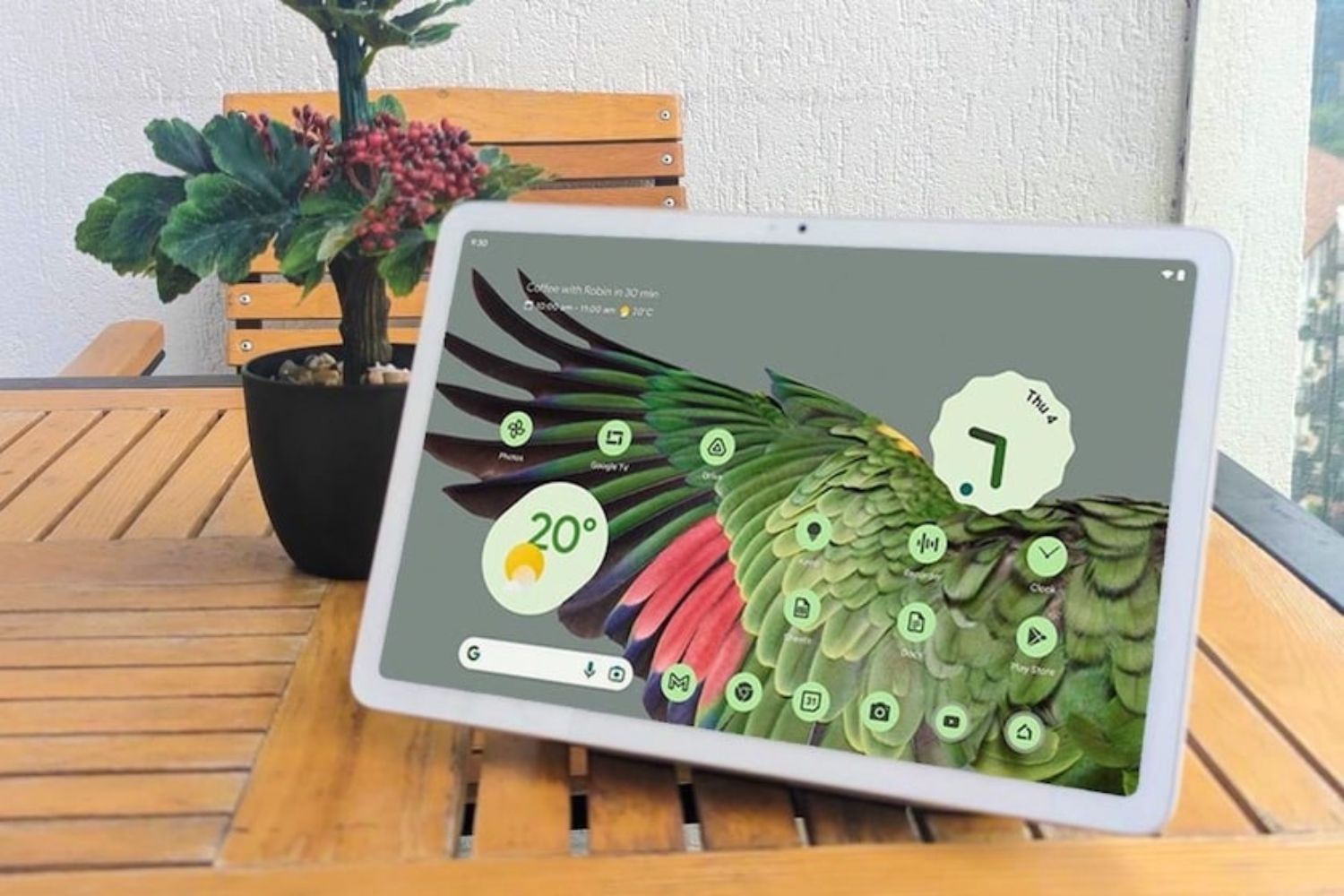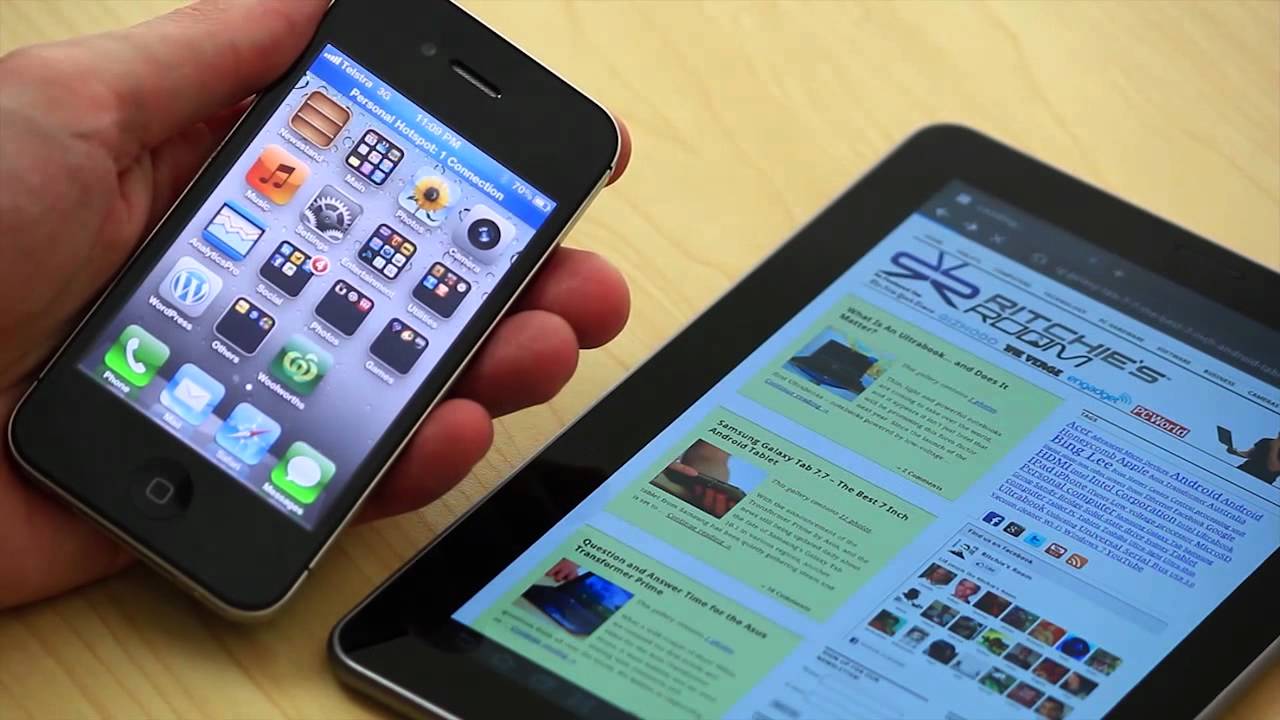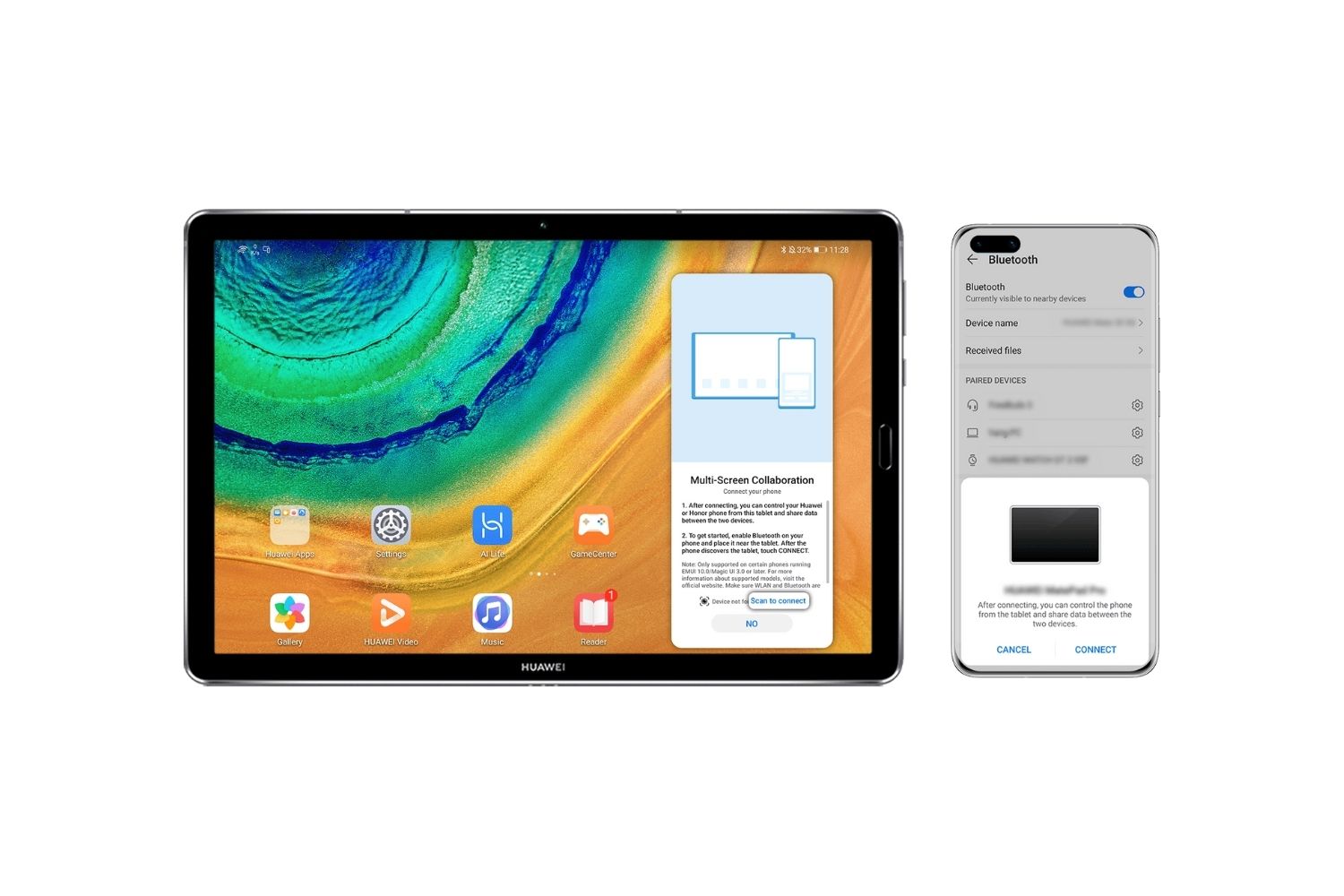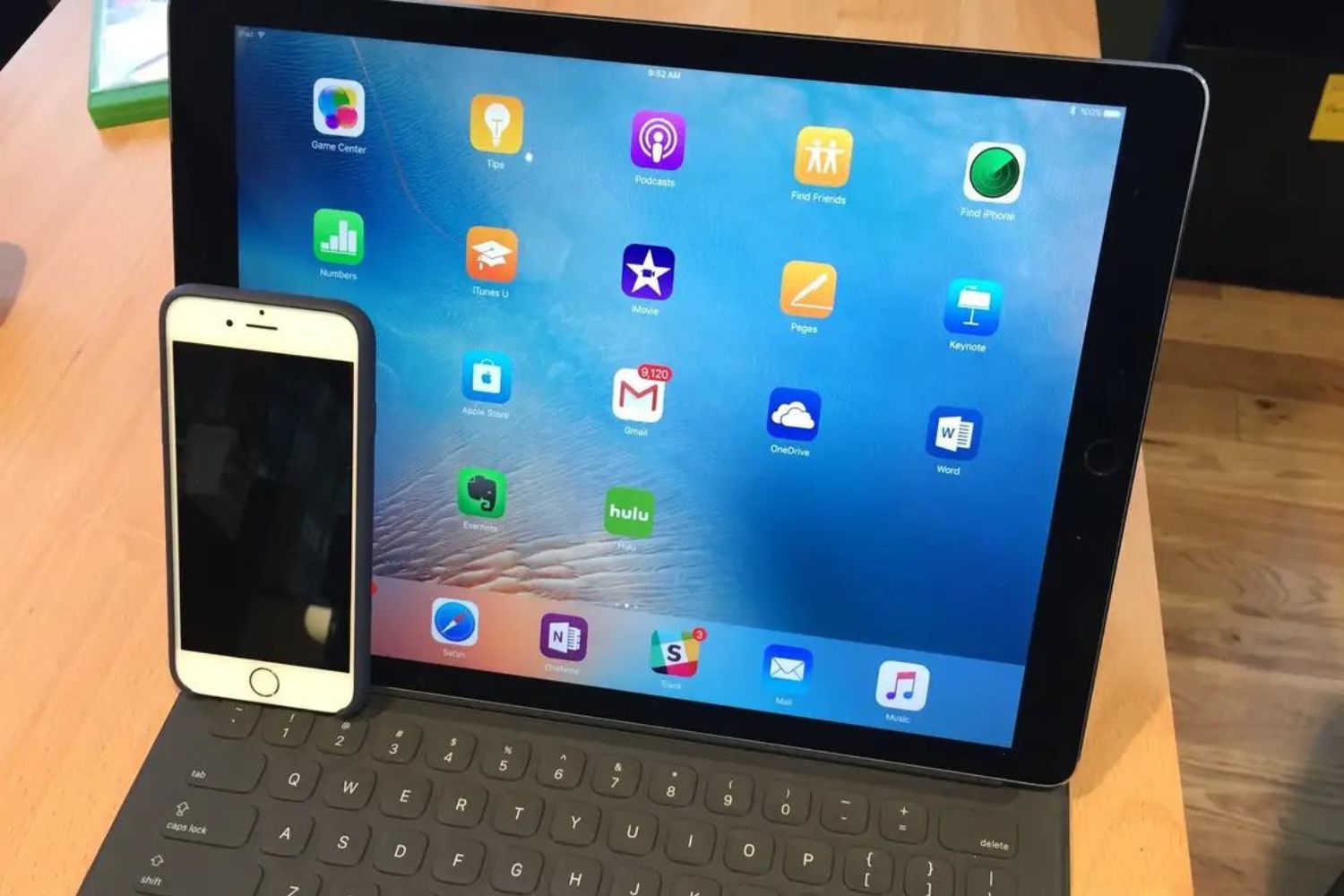Wi-Fi Direct
Wi-Fi Direct is a useful feature that allows you to connect your tablet to your phone without the need for an internet connection or a wireless router. It creates a direct connection between the two devices, enabling you to share files, photos, and even access the internet through your phone’s mobile data connection.
To establish a Wi-Fi Direct connection, both your tablet and phone need to have Wi-Fi Direct capabilities. Most modern devices, including tablets and smartphones, come equipped with this feature.
To connect your tablet to your phone using Wi-Fi Direct, follow these steps:
- On your tablet, go to the settings menu and select “Wi-Fi.”
- Tap on the “Wi-Fi Direct” option.
- Next, navigate to your phone’s settings and enable Wi-Fi Direct.
- On your tablet, you will see a list of available devices. Select your phone from the list.
- Once selected, you will be prompted to input a security code on your tablet. This code will be displayed on your phone’s screen.
- Enter the security code displayed on your phone into your tablet to establish the connection.
Once the connection is established, you can start sharing files between your tablet and phone. You can browse files and photos on your phone from your tablet, and vice versa. You can also use your phone’s mobile data connection by enabling the “mobile hotspot” feature, allowing your tablet to access the internet.
Wi-Fi Direct is a convenient way to connect your tablet to your phone without relying on an internet connection. It provides a secure and fast connection for file sharing and accessing the internet on your tablet. Keep in mind that the steps for connecting using Wi-Fi Direct may vary slightly depending on the make and model of your tablet and phone.
Bluetooth
Bluetooth is a commonly used wireless technology that allows you to connect your tablet to your phone wirelessly. It enables you to transfer files, play music through Bluetooth speakers, and even use your phone as a remote control for your tablet. Connecting your tablet to your phone via Bluetooth is a straightforward process.
To connect your tablet to your phone using Bluetooth, follow these steps:
- On your tablet, go to the settings menu and select “Bluetooth.”
- Enable the Bluetooth feature by toggling it on.
- On your phone, navigate to the Bluetooth settings and enable Bluetooth as well.
- On your tablet, you will see a list of available devices. Select your phone from the list.
- Depending on your device, you may be prompted to enter a pairing code or confirm a passkey on both your tablet and phone. Follow the on-screen instructions on both devices to complete the pairing process.
Once the Bluetooth connection is established between your tablet and phone, you can start transferring files or using your phone as a remote control for various tablet functions.
It’s important to note that Bluetooth connections have a limited range, typically around 30 feet. Keep in mind that the connection may be affected by physical barriers such as walls or interference from other Bluetooth devices in the vicinity.
Bluetooth is a versatile and widely supported wireless technology that allows you to connect your tablet and phone effortlessly. It’s a convenient option for transferring files and using your phone as a remote control for your tablet’s functions. However, due to its limited range, Bluetooth may not be suitable for transferring large files or streaming high-quality media.
Additionally, ensure that both your tablet and phone have Bluetooth capabilities and are compatible with each other to establish a successful Bluetooth connection. The steps to connect via Bluetooth may vary slightly depending on the device’s manufacturer and operating system.
USB Tethering
USB tethering is a method that allows you to connect your tablet to your phone using a USB cable. This feature enables your tablet to share your phone’s internet connection, allowing you to access the internet on your tablet even if there is no Wi-Fi available. USB tethering is particularly useful when you are in a location with a weak or non-existent Wi-Fi signal.
To connect your tablet to your phone using USB tethering, follow these steps:
- Connect your tablet to your phone using a compatible USB cable.
- On your tablet, go to the settings menu and select “Network & internet” or a similar option.
- Tap on “Hotspot & tethering” or “Tethering & portable hotspot.”
- Select the “USB tethering” option.
Once you have enabled USB tethering, your tablet should establish a connection to your phone and share its internet connection. You can now access the internet on your tablet using your phone’s mobile data.
Keep in mind that USB tethering may drain your phone’s battery faster, especially if you are using data-intensive applications or browsing the internet extensively on your tablet. It is recommended to keep your phone plugged into a power source while using USB tethering to maintain a stable connection.
Note that the steps to enable USB tethering may vary slightly depending on your tablet and phone’s operating system and manufacturer. Additionally, ensure that your phone’s mobile data plan supports tethering, as some carriers may charge additional fees for using this feature.
USB tethering is a reliable and convenient way to connect your tablet to your phone and access the internet using your phone’s mobile data. It provides a stable and secure connection, eliminating the need for a separate Wi-Fi network. However, it requires a physical connection between your tablet and phone via a USB cable, which might restrict mobility compared to wireless connectivity options.
Mobile Hotspot
A mobile hotspot is a feature available on most smartphones that allows you to create a portable Wi-Fi network. By enabling the mobile hotspot feature on your phone, you can share your phone’s internet connection with other devices, including your tablet.
Connecting your tablet to your phone’s mobile hotspot is a simple process:
- On your phone, go to the settings menu and select “Network & internet” or a similar option.
- Tap on “Hotspot & tethering” or “Tethering & portable hotspot.”
- Enable the “Mobile hotspot” or “Portable Wi-Fi hotspot” option.
- Set a network name (SSID) and password for your hotspot network.
Once you have set up the mobile hotspot on your phone, you can connect your tablet to it by following these steps:
- On your tablet, go to the settings menu and select “Wi-Fi.”
- Turn on the Wi-Fi feature.
- From the list of available Wi-Fi networks, select your phone’s hotspot network.
- Enter the password you set for the hotspot network on your phone.
Your tablet will now be connected to your phone’s mobile hotspot, allowing you to access the internet using your phone’s mobile data.
Keep in mind that using your phone as a mobile hotspot might consume a significant amount of your mobile data plan, especially if multiple devices are connected and streaming media or downloading large files. It is advisable to monitor your data usage and consider the limitations and charges associated with your mobile data plan.
Additionally, some carriers may impose restrictions on mobile hotspot usage and charge additional fees for enabling this feature. It is recommended to check with your carrier to ensure you have a suitable mobile data plan that supports mobile hotspot functionality.
Mobile hotspot is a versatile option that provides internet connectivity for your tablet when there is no Wi-Fi network available. It allows you to stay connected and access the internet on your tablet using your phone’s mobile data. However, keep in mind that the battery life of your phone may be affected, especially when multiple devices are connected and actively using the hotspot network.
Miracast
Miracast is a wireless display standard that allows you to mirror or extend your tablet’s screen to a larger display, such as a TV or a projector, wirelessly. It enables you to share photos, videos, and presentations from your tablet on a bigger screen without the need for any cables or internet connectivity.
To connect your tablet to a display using Miracast, follow these steps:
- Ensure that your tablet and the display device both support Miracast. Most modern smart TVs and devices running on Windows or Android operating systems are compatible.
- On your tablet, go to the settings menu and select “Display” or “Screen mirroring.”
- Enable the “Wireless display” or “Screen mirroring” option.
- On your TV or the display device, navigate to the input/source menu and select the option for Miracast or Screen Mirroring.
- Wait for your tablet to detect the available devices and select your TV or display device from the list.
Once the connection is established, your tablet’s screen will be mirrored or extended onto the larger display. You can now enjoy your tablet’s content on the big screen.
Miracast uses Wi-Fi Direct technology to establish a direct connection between your tablet and the display device. It doesn’t require an internet connection, making it a convenient option when you don’t have access to Wi-Fi.
However, it’s important to note that Miracast requires both your tablet and the display device to support the standard. Some older devices may not be compatible with Miracast, or the option might be named differently in the settings menu. In such cases, you may need to explore alternative methods, such as using an HDMI cable or a wireless display adapter.
Overall, Miracast is a versatile and convenient way to connect your tablet to a larger display wirelessly. It allows you to enjoy your tablet’s content on a bigger screen, making it perfect for streaming videos, giving presentations, or simply sharing photos with friends and family.
Near Field Communication (NFC)
Near Field Communication, commonly known as NFC, is a technology that allows two devices to communicate with each other when they are in close proximity. NFC is often used for contactless payments, but it can also be utilized to connect your tablet to your phone for various purposes.
To connect your tablet to your phone using NFC, follow these steps:
- First, ensure that both your tablet and phone have NFC capabilities. Most modern devices come equipped with NFC functionality.
- On your tablet, go to the settings menu and enable the NFC feature.
- On your phone, navigate to the settings menu and enable NFC as well.
- Ensure that both devices have their NFC antennas turned on and are in close proximity to each other.
- On your tablet, open the NFC-enabled app or feature you want to use, such as file sharing or media transfer.
- Follow the on-screen instructions to establish the connection between your tablet and phone via NFC.
Once the NFC connection is established, you can start transferring files, sharing content, or even initiating tasks such as making a phone call from your tablet.
NFC offers a convenient and effortless way to connect your tablet to your phone. It eliminates the need for complicated setups or pairing codes, as the devices can communicate simply by being in close proximity to each other. However, it’s important to note that the range of NFC is relatively short, usually within a few centimeters. Both devices need to be in close contact or very near each other for NFC communication to work successfully.
While NFC technology is commonly used for mobile payments and contactless transactions, it can be utilized for various other purposes, including connecting your tablet to your phone for seamless file sharing or content transfer.
Keep in mind that not all tablets and phones support all NFC features or have compatible apps. It’s recommended to check your device’s user manual or manufacturer’s website to determine the specific NFC capabilities and available applications.
Cloud Storage
Cloud storage is a convenient and versatile method to connect your tablet to your phone. It allows you to store files, such as photos, videos, and documents, on the internet instead of saving them directly on your devices. By utilizing cloud storage services, you can access your files from any device with an internet connection, including your tablet and phone.
To connect your tablet to your phone using cloud storage, follow these steps:
- Sign up for a cloud storage service or create an account if you don’t have one already. Popular cloud storage providers include Google Drive, Dropbox, and Microsoft OneDrive.
- Install the cloud storage app on your tablet and phone from the respective app stores.
- Sign in to the app using your cloud storage account credentials.
- Upload the files you want to share or access to the cloud storage account from your phone.
- Open the cloud storage app on your tablet and sign in using the same account credentials.
- Access the files you uploaded from your phone and download them to your tablet.
Once the files are downloaded to your tablet, you can view, edit, or share them as needed.
Cloud storage offers numerous benefits, such as easy accessibility, data backup, and synchronization across devices. It allows you to free up storage space on your tablet and phone by storing files in the cloud instead of saving them locally.
With cloud storage, you can also collaborate with others by sharing files or folders, making it a useful tool for team projects or sharing media with friends and family. Additionally, many cloud storage services offer automatic backup and version control, ensuring that your files are safe and up-to-date.
It’s important to note that cloud storage services often come with limited free storage space, and larger storage capacity may require a subscription or a paid plan. Be mindful of the storage limits and consider your needs when selecting a cloud storage provider.
Cloud storage is a reliable and flexible method to connect your tablet to your phone. It offers seamless access to your files from any device with an internet connection and provides a convenient way to share, backup, and synchronize files between your tablet and phone.
Third-Party Apps
Third-party apps provide another way to connect your tablet to your phone and enable various functionalities. These apps are developed by independent developers or companies and can be downloaded from app stores or official websites. They offer diverse features and tools that can enhance the connectivity and integration between your tablet and phone.
To connect your tablet to your phone using third-party apps, follow these steps:
- Identify the specific functionality you are looking for, such as file sharing, remote control, or syncing between devices.
- Search for relevant third-party apps that provide the desired features on your tablet’s app store or official app repositories.
- Download and install the chosen app on both your tablet and phone.
- Follow the app’s instructions or on-screen prompts to set up the connection between your tablet and phone.
Once the setup is complete, you can utilize the features offered by the third-party app to connect and integrate your tablet and phone.
Third-party apps come in various forms and offer a wide range of functionalities. Some examples include file sharing apps like ShareIt or Xender, remote control apps like TeamViewer or Unified Remote, and messaging apps like WhatsApp or Telegram.
These apps often employ various connectivity methods, such as Wi-Fi, Bluetooth, or internet-based communication, to establish the connection between your tablet and phone. They provide a user-friendly interface and intuitive features to enable seamless integration and interaction between the devices.
When selecting and using third-party apps, it’s important to consider the reputation of the app and the developer, as well as reviews and ratings from other users. Additionally, be mindful of the permissions required by the app and ensure that it aligns with your privacy and security preferences.
Third-party apps can significantly enhance the connectivity and functionality of your tablet and phone. They provide alternative solutions, customization options, and additional features that may not be available through the built-in settings and functionalities of your devices.
Take advantage of the vast array of third-party apps available to make the most out of your tablet and phone’s connectivity capabilities and expand the range of tasks you can achieve with these devices.
Connecting to a Computer or Laptop
Connecting your tablet to a computer or laptop can be beneficial for various purposes, such as transferring files, backing up data, or accessing certain applications that are only available on your computer. There are several methods you can use to establish a connection between your tablet and computer, depending on the devices you have and the operating systems they run on.
Here are some common methods to connect your tablet to a computer or laptop:
- USB Cable: The most straightforward method is to connect your tablet to your computer using a compatible USB cable. Once connected, your tablet may prompt you to select a connection type, such as “File Transfer” mode. This allows you to access your tablet’s files and folders on your computer, making it easy to transfer files between the two devices.
- Wi-Fi Network: If both your tablet and computer are connected to the same Wi-Fi network, you can establish a wireless connection between them. To do this, enable file sharing on your computer and ensure that both devices are connected to the same network. You can then access your tablet’s files from your computer’s file explorer or use third-party apps to transfer files wirelessly.
- Bluetooth: Another wireless option is to connect your tablet to your computer or laptop using Bluetooth. Ensure that both devices have Bluetooth capabilities and are paired with each other. Once connected, you can transfer files or use your tablet as a remote control for certain functions on your computer.
- Cloud Storage: If you use a cloud storage service, such as Google Drive, Dropbox, or OneDrive, you can upload files from your tablet to the cloud and access them on your computer or laptop. This eliminates the need for a direct connection between the devices and allows for seamless synchronization of files across devices.
Connecting your tablet to a computer or laptop opens up a world of possibilities, enabling you to better manage and utilize your tablet and its contents. Whether you need to transfer files, back up important data, or access specific applications, establishing a connection with your computer provides added convenience and flexibility.
Keep in mind that the specific steps and methods for connecting your tablet to a computer or laptop may vary depending on the operating systems and devices involved. It is recommended to consult the user manuals or support documentation for your tablet and computer to ensure a successful connection.
Experiment with different connection methods to find the one that suits your needs and preferences. The ability to connect your tablet to a computer or laptop expands the capabilities of your device and enhances your productivity and flexibility in managing your digital content.







